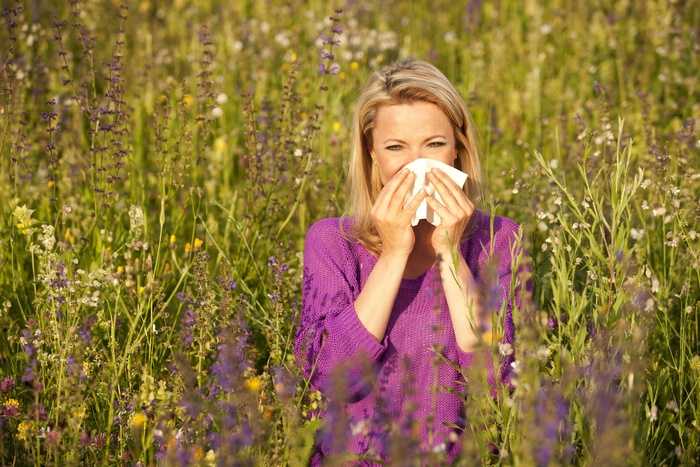ALLERGIES TO HOUSE DUST AND PETS? WHAT ARE THEY? In addition to pollen, dust mite proteins, like proteins from feathered and furry animals (e.g. cats, dogs and horses), are the main cause of allergic reactions and diseases such as asthma, rhinitis (i.e. sneezing attacks, blocked nose, etc.) and conjunctivitis (inflammation…
Food allergy symptoms can include itchiness, swelling of the tongue, vomiting, diarrhea, trouble breathing, hives, or low blood pressure. In the developed world, 6 to 8 percent of people have some sort of food allergy. managing your food allergy mainly includes avoiding the food that you are allergic to. Would…
CONTACT ALLERGIES TO FRAGRANCES AND COSMETICS: WHAT IS IT? Contact eczema, along with respiratory and food allergies, is also a very common condition triggered by allergic reactions. Such eczema is triggered by direct contact with substances on the skin; up to 7% of the population is affected. The symptoms can…
Insect venom is a type of poison that insects use to defend themselves. When they feel threatened, they will either sting or bite any person standing nearby, causing a possible allergic reaction. Some of the well-known insects with venomous bites or stings include wasps, hornets, fire ants, and bees. Most…
ALLERGIC RHINITIS: THE MOST COMMON DISORDER AND THE MOST NEGLECTED Hay fever is the typical expression of allergy in the nose area. He begins with sneezing fits, tingling in the nose, runny nose, and finally leads one stuffy nose. In addition, patients often complain of watery eyes and difficulty breathing.…
Cat allergy is one of the most common allergies. There are eight known car allergies. The symptoms include coughing, wheezing, chest tightening, itching, nasal congestion, rash, watering eyes, sneezing, and chapped lips. In some cases, reactions can be more severe and life-threatening. They include rhinitis and severe forms of asthma.…
WHAT IS CAT ASTHMA? Asthma is a relatively common chronic inflammatory disease of the bronchial tubes in cats. It is a hypersensitivity reaction following sensitisation by an aeroallergen (allergen present in the air). The bronchi undergo variable pathological changes after repeated exposure to the same allergen: airway inflammation (white blood…
FUNGAL ALLERGY: CAUSES AND FREQUENCY? For a century, fungal spores have been considered a possible cause of respiratory allergies. From the great kingdom of fungi, about 100 species of fungi have been associated with allergic respiratory diseases. In principle, however, only two classes of fungi are relevant for respiratory allergies,…
The contact of the allergen with the immune system allows allergy antibodies (IgE) specific to that allergen to be produced in a person genetically predisposed to (atopic) allergies. The person is then sensitised to that allergen. After the allergen is recognised by the molecule of IgE, allergic inflammation can be…










